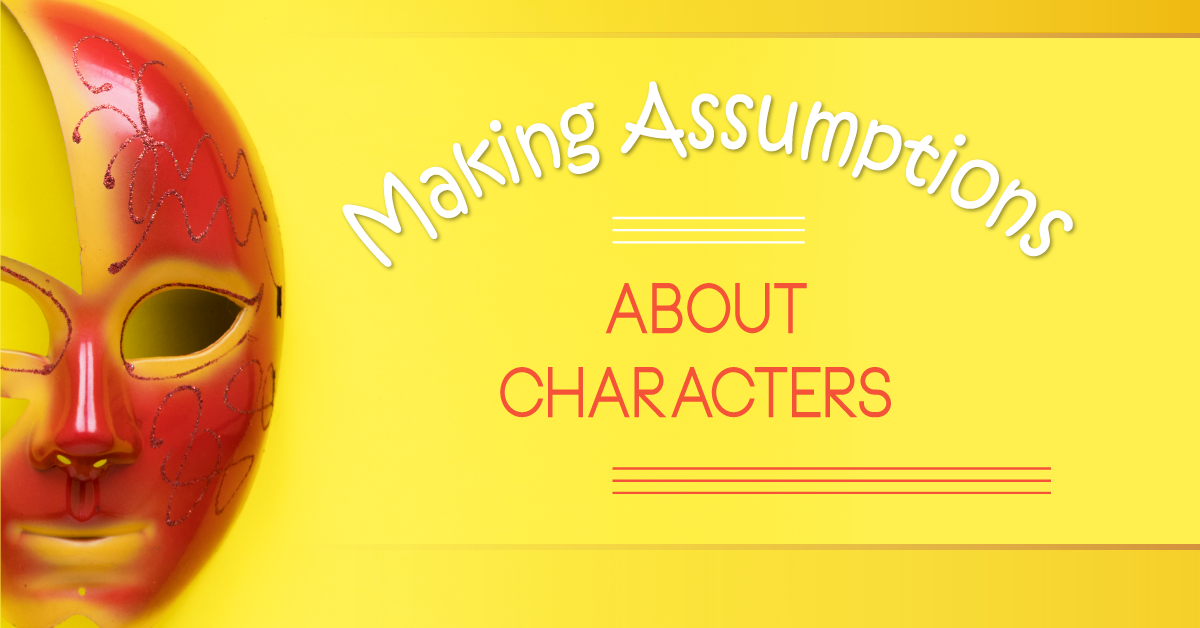What would you do if you stumbled on a huge picnic with a sign that said FREE FOOD? Free: Competition Version is a thought-provoking ensemble piece that dives into belief, greed, and tough choices — and it’s a great pick for competitions and tech fun too.
Change the Decision: Analyzing Character Choice
In this article, we’re focusing on responsible decision making, which is one of the five areas of Social and Emotional Learning (SEL). If the concept of SEL is new to you, check out this article for a basic overview: Social and Emotional Learning in the Drama Classroom: What Is It?.
Decisions are often what drive the action in plays. Alice decides to follow the White Rabbit down the rabbit hole. Romeo decides to gatecrash the Capulets’ feast with Benvolio and Mercutio. Wednesday Addams decides to invite her new (and normal!) boyfriend and his parents to meet her creepy, kooky family. One major decision may affect a number of characters and situations within the play, and a really intriguing decision will keep the audience on the edge of their seats, waiting to know what the fallout will be.
But what if the character makes a different choice than what happens within the text? The following exercise challenges students to first identify and analyze a big decision made within the text by a character, and then to think creatively about what the characters might have done differently.
Have students respond to the following questions, either in class as a discussion, or as a written assignment. Students may work individually, in pairs, or in small groups. You may assign a particular scene or moment for students to analyze, or have students select their own play and choose the moment they are going to analyze.
1. What was the incident that occurred in the script that caused the decision? When did the incident occur? What characters were involved?
2. What were the options that the character had to consider? How many options were there? Use specific quotes from the text.
3. What were the known pros and cons of this choice, if any?
4. What did the character ultimately choose to do? Write down the choice as it appears in the text, or your best approximation.
5. Was it their choice to make? Did another character or situation influence their choice? Was the character forced into the choice, or did they make it on their own?
6. Was the choice the character made an ethical one? Why or why not?
7. What were some options that weren’t in the text that they could have considered instead?
8. What would have happened had the character made a different choice? Would the show have been the same, or would it have ended differently?
You can even go further with this exercise and have students create and perform their own scenes in which the characters make a different choice than what appears in the text. It’s fascinating to see where your students’ imaginations take them!



